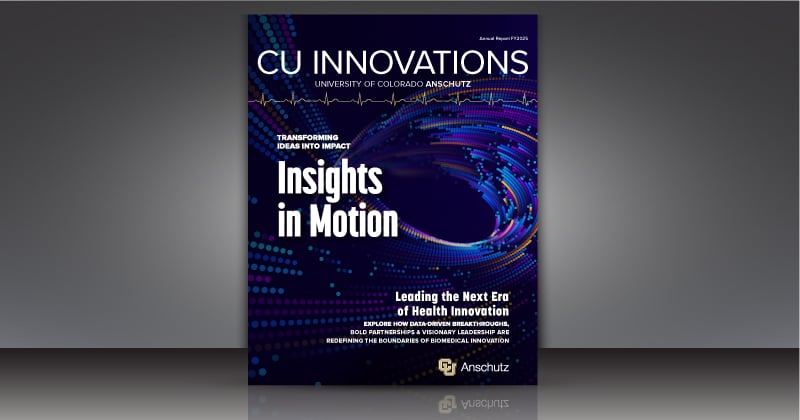Everybody can help fight the health misinformation epidemic by not falling for – and not sharing – fake news. It’s something experts like Lisa Bero, PhD, hope people will do for the sake of evidence-based science and, ultimately, societal health.
“Evidence helps inform our health policy and public health decisions. It’s obviously just one factor that goes into that, but it’s an absolutely critical factor, said Bero, PhD, a research professor with the Colorado School of Public Health’s Department of Health Systems, Management & Policy.
See related story on the dangers of the health misinformation epidemic.
“And if anything shakes our belief in the evidence or makes it hard to figure out what evidence we should be using for those decisions, it’s going to affect our health down the line.”
Bero conducts consumer workshops on evaluating the validity of research studies and says some of the tips are relevant when determining whether a health-related article online is scientifically sound. Even a two-sentence social media post, if it’s legitimate, should link to an original source, she said.
Below, Bero shares her top recommended questions to ask.




